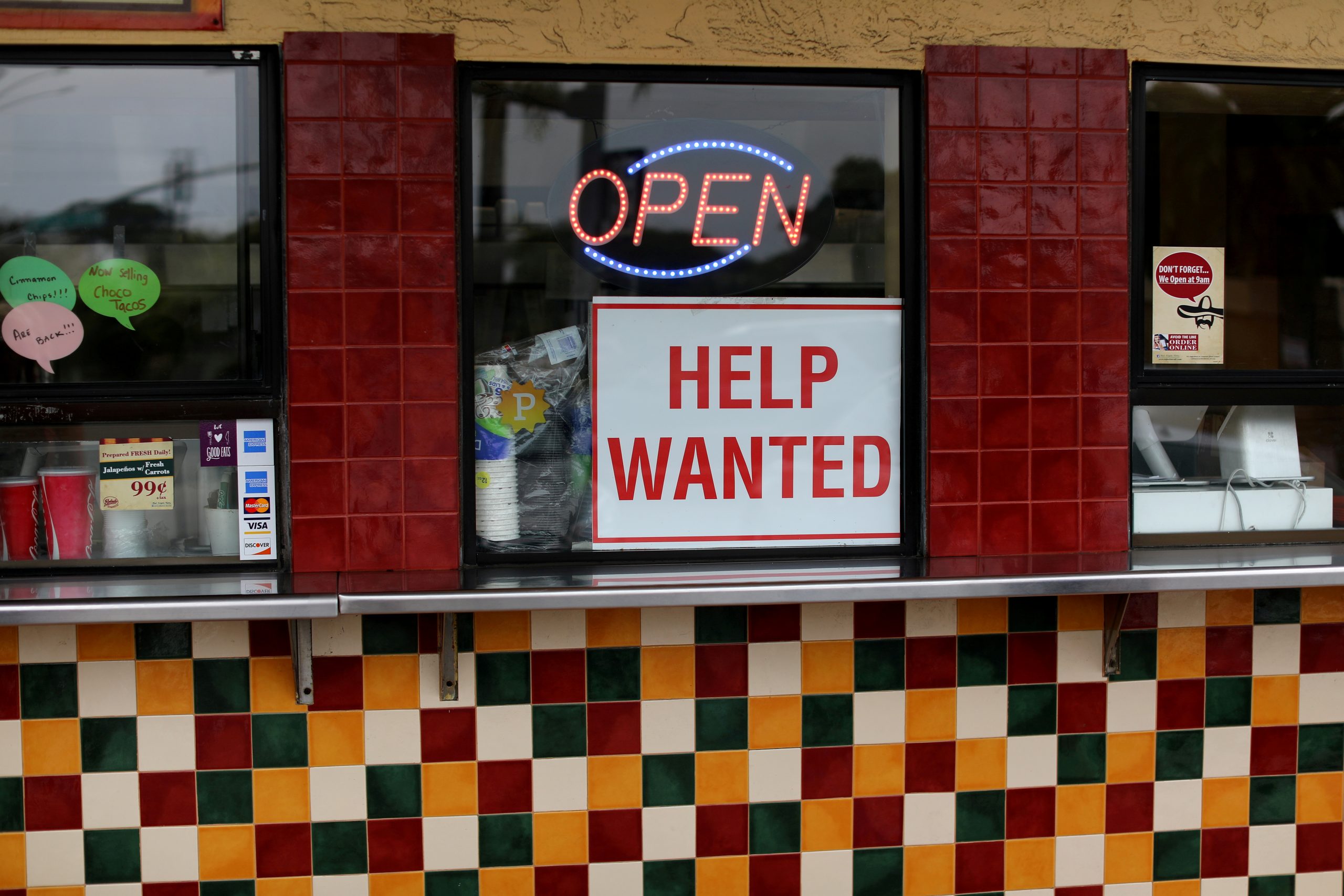
Chris Lieberman, FISM News
[elfsight_social_share_buttons id=”1″]
On Monday, millions of Americans saw their unemployment benefits end as all federal unemployment programs related to the Coronavirus pandemic expired. An estimated 7.5 million Americans will no longer receive any benefits, while an additional 3 million will lose $300 in additional weekly unemployment compensation.
The enhanced benefits were originally part of the CARES Act passed by Congress in March 2020 to offset the economic impact of the pandemic. With unemployment hitting 14.8% in April 2020, the CARES Act included several programs meant to expand who could receive unemployment and how much they would receive. These programs included Federal Pandemic Unemployment Compensation, which paid out $600 (later reduced to $300) to everyone receiving unemployment benefits in addition to what they were already receiving; Pandemic Emergency Unemployment Compensation, which provided relief to those who had exhausted their state unemployment benefits; and Pandemic Unemployment Assistance, which extended eligibility to groups that typically were ineligible for unemployment, such as self-employed workers, gig workers, and freelancers.
This March, Congress passed the American Rescue Plan, which extended federal unemployment benefits through Labor Day. However, over the summer 23 states had already ended federal unemployment benefits prior to the September 6 deadline. With benefits now ending in the remaining states, the White House nor Congress has reiterated that they do not plan to extend any of these programs.
Economists and politicians alike are divided on whether these programs are helpful or harmful to the economy. Critics, including many of the governors who suspended benefits prior to this weekend, argue that increased unemployment benefits are slowing economic recovery by removing incentive for the unemployed to return to work. Many point to August’s disappointing jobs report, in which the 235,000 jobs added fell far short of the 720,000 projected, as evidence that it is time for the programs to end.
The New York Post Editorial Board writes, “A University of Chicago study found that 42 percent of those receiving unemployment checks are making more from the government than they did at the jobs they lost, without even including health-insurance aid for the unemployed… How many people would jump at a 40-hour workweek when they can get the same or more sitting on the couch?”
Yet some argue that other factors, such as low wages, lack of available childcare, and ongoing concerns about the safety of returning to work during a pandemic, are more to blame for the unemployment numbers than unemployment benefits. Economists warn that cutting off these benefits may result in a decrease in spending, which could further hinder economic recovery.
While news of the end of these benefits is causing fear and anxiety among Americans who were relying on them, business owners are hoping that it will provide relief in a time of desperate staffing shortages. Joe Perkins, head of an auto supplier in Michigan, told Reuters, “We’ve tried everything. We’ve tried wage adjustments. We’ve tried busing people from remote locations … We are out of initiatives. I’m hoping that the reduction of (unemployment insurance) has a material impact on workforce availability. That’s what we are really banking on.”
